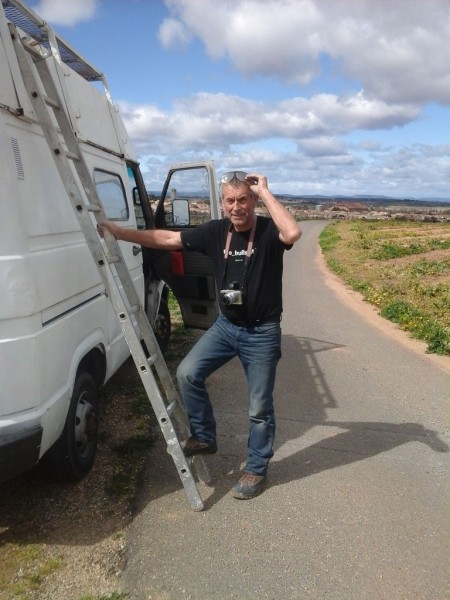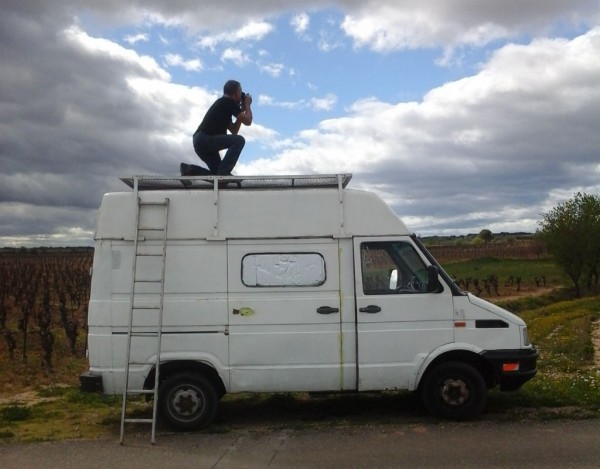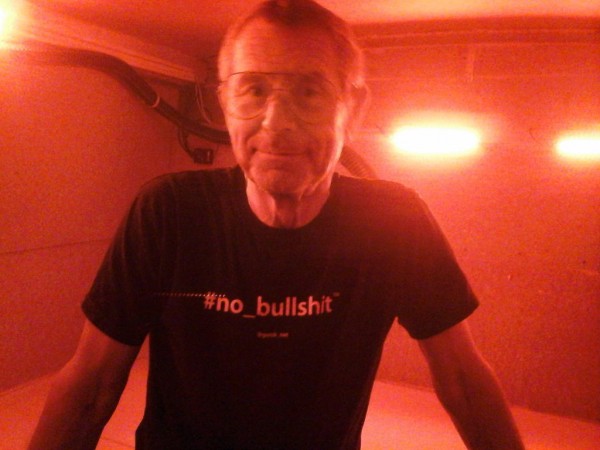Our next wet-plate collodion workshop in the South of France will be on September 26 and 27.
This is a two day residential course at Villa Roquette https://villaroquette.com run by John Brewer – http://johnbrewerphotography.com.
The course includes two days full board accommodation, two days practical hands-on experience, chemistry and literature. The inclusive price is £475 – this includes accommodation for two people so you can come with your partner at no extra cost (this includes the course fees for one person, for lunch and evening meal if required for the second person there is a small supplement).
All equipment is available for students use, including our classic 19th century cameras and lenses up to 24cm x 30cm, full darkroom facilities are in-house and we have a mobile wet-plate darkroom for location work. You can also use our modern studio cameras, even converted Polaroids if you wish.
Low cost flights to Beziers airport (20 minutes and we can pick you up) makes coming to the South of France cheaper than going to London from Manchester.
You don’t have to come only for two days, you can come and stay at Villa Roquette for a long as you like and the darkroom facilities are free to use for all guests – come earlier or stay longer.
As a bonus, we are in the center of the largest wine producing area in the world and the harvest will be finished and the wine festivals will be in full swing in many local villages.


